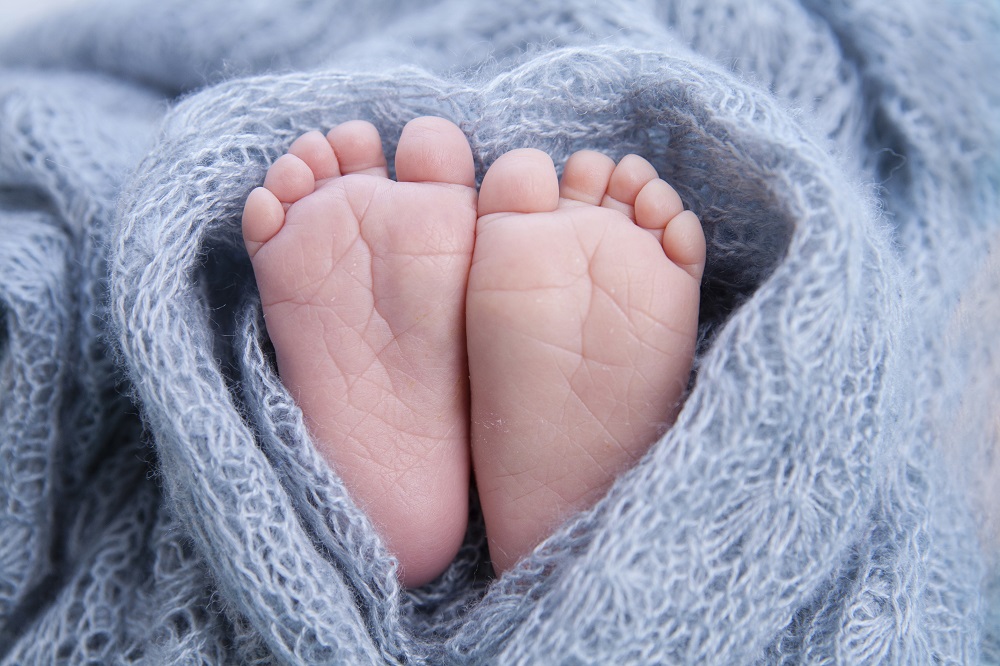Determining parental leave entitlements including eligibility, payments, and return to work can be somewhat complicated.
Before you get into the details there are two factors you need to determine first – who is the primary carer and do they meet the six, or 12-month eligibility criteria?
The birth mother is assumed to be the primary carer. However, she can transfer all or some of her leave to a partner if they both meet certain criteria. Therefore, you need to confirm who the primary carer is before you can determine what their parental leave entitlement will be.
- The primary carer must meet one of the following criteria.
6-month employment – have they been continuously employed by you for at least six months, before the due date of the baby, working an average of 10 hours per week. - 12-month employment – the employee has been continuously employed by you for 12 months, before the due date of the baby, working an average of 10 hours per week
Entitlement for 12-month employed mother
- 10 days special leave (if pregnant)
- 26 weeks primary carer
- 26 weeks parental leave payment
- 52 weeks unpaid extended leave (including up to 26 weeks of primary carer leave taken)
- The mother can transfer up to 26 weeks of parental leave to a partner if the partner is the primary carer for this time
Entitlement for six-month employed mother
- All the above for 12-month leave except six-month entitlement does not include 52 weeks of unpaid extended leave.
Keeping parental leave jobs open
- Employers generally need to keep the role open for either six or 12 months depending on the entitlement provided.
- The employer doesn’t need to keep the job open if it is considered a ‘key position’, or if the position becomes redundant.
- While on parental leave an employee can choose to perform work from time to time (this is defined as ‘keeping in touch days’), with your approval. However, if they work for more than 64 hours during their parental leave or do any work within the first 28 days after the birth of their child they are considered to be back at work.
- If an employee doesn’t go back to work at the end of their parental leave, their job ends on the day they started the parental leave, not the day they resigned or at the end of any notice period. Therefore, holiday pay would be calculated on this basis.
Employee parental leave responsibilities
- Employees must give their employer three months’ notice before the baby’s due date that they intend on taking leave.
- Leave details need to be made in writing outlining the type of leave they want, the date they want to start their leave and how long the leave period will be.
- If an employee is sharing parental leave with a partner their details need to be included as well.
- If an employee wants to return to work early, they need to give 21 days’ notice – but the employer needs to agree in most cases.
Covering for employees on parental leave
- Hire an employee on a fixed term agreement as a parental leave replacement.
- Work with Eclipse Recruitment to provide you with one of our temps.
- Redistribute work among existing staff.
While we have provided this information on the basis that the parental leave is for the birth mother there are other types of leave including partner leave, extended leave, and negotiated carer leave. For further information we recommend Employment New Zealand’s website which has a helpful parental leave and payment eligibility table that provides a concise summary of paid and unpaid leave benefits and primary carer or partner eligibility scenarios.
You may also like:
90 day trial period rights and responsibilities
How to create a feedback culture – six steps to follow
